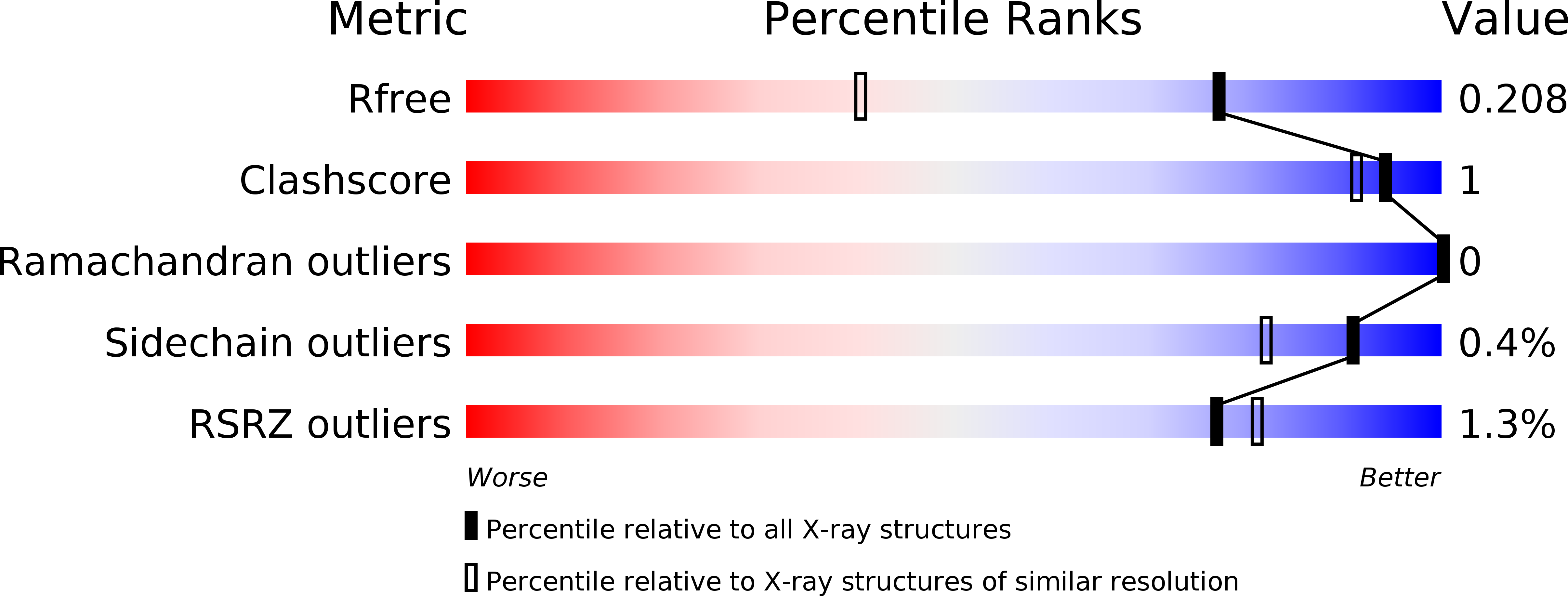
Deposition Date
2014-06-06
Release Date
2015-05-20
Last Version Date
2023-09-27
Method Details:
Experimental Method:
Resolution:
1.50 Å
R-Value Free:
0.20
R-Value Work:
0.17
R-Value Observed:
0.17
Space Group:
P 62


